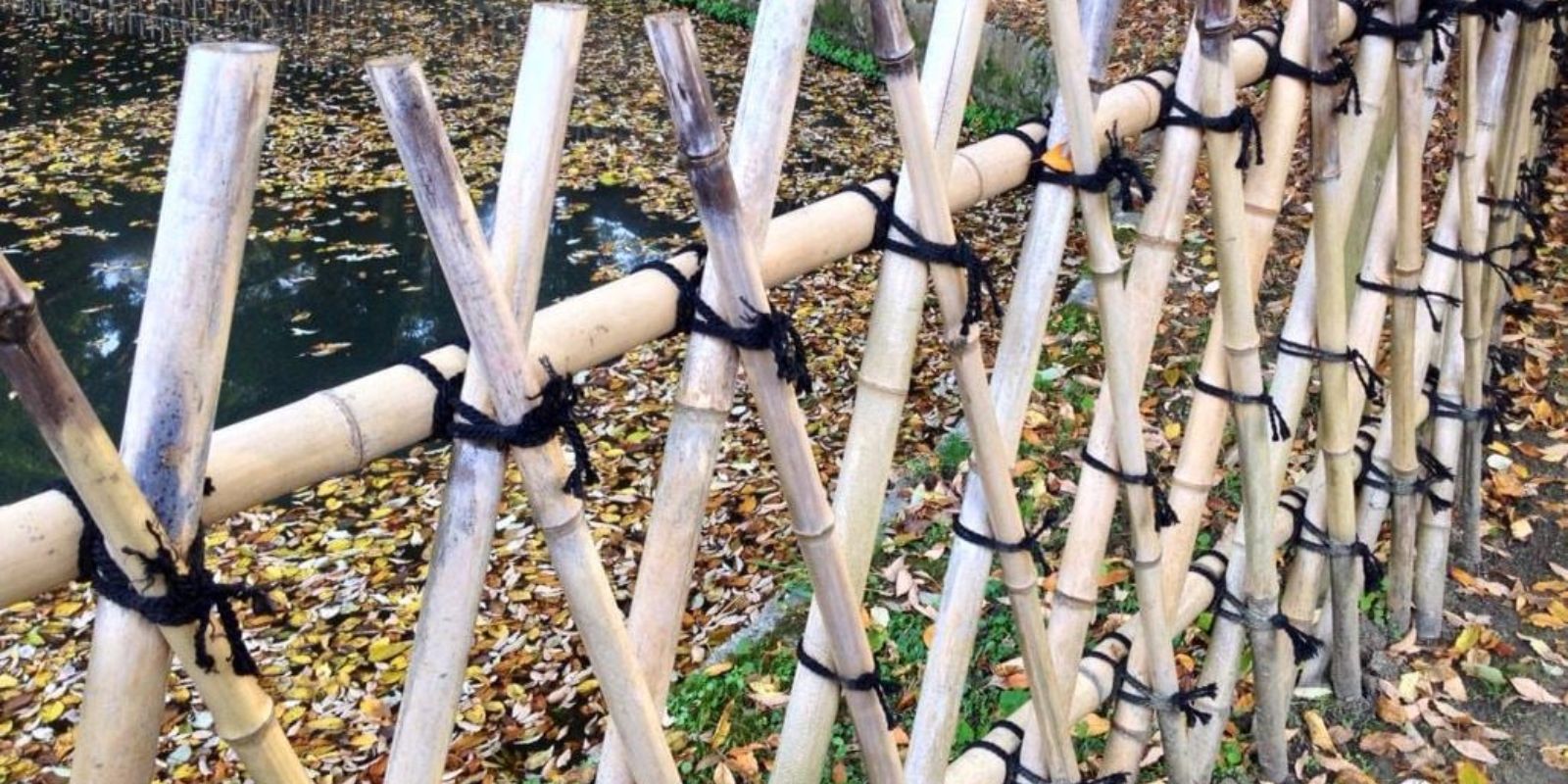Introduction
Bamboo is more than just a versatile plant; it’s a fantastic material for building garden structures that are both durable and environmentally friendly. Whether you’re looking to support climbing vegetables, create a decorative focal point, or add vertical interest to your garden, a bamboo trellis offers a sustainable and stylish solution. In this comprehensive guide, we will walk you through the steps to build a bamboo trellis that lasts, ensuring you get the most out of this natural and robust material.
Why Choose Bamboo for Your Trellis?
Bamboo is an exceptional choice for building trellises due to its strength, flexibility, and rapid growth. It’s a renewable resource that grows quickly, making it an eco-friendly option. Additionally, bamboo is lightweight yet sturdy, which makes it easy to work with while still providing reliable support for climbing plants.
Materials You’ll Need
To build a durable bamboo trellis, gather the following materials:
- Bamboo Poles: Choose straight, mature bamboo poles for the main structure. Bamboo can be found at garden centers or specialty stores.
- Wire or Twine: Use galvanized wire or natural twine to secure the bamboo poles together.
- Saw: A saw is needed to cut the bamboo to the desired lengths.
- Drill (Optional): For creating holes if you plan to use screws or additional fittings.
- Bamboo Stakes (Optional): Use these for extra stability, especially in windy areas.
Step-by-Step Guide to Building Your Bamboo Trellis
Step 1: Plan Your Trellis Design
Before you start building, decide on the size and shape of your trellis. Consider the space available in your garden and the types of plants you want to support. Common designs include vertical, arch, and rectangular trellises. Sketch out your design to visualize how the bamboo will be arranged.
Step 2: Gather and Prepare Materials
Collect your bamboo poles and cut them to the required lengths. For a typical trellis, you’ll need four vertical posts and several horizontal crossbars. Bamboo poles can be quite tough, so a saw with a fine-toothed blade works best for cutting. If you’re using bamboo stakes for added stability, prepare those as well.
Step 3: Assemble the Frame
Start by arranging the vertical bamboo poles in the desired shape of your trellis. Position them at equal distances to ensure balance. Secure the vertical poles by tying them together with wire or twine at the top and bottom. This will form the base structure of your trellis.
Step 4: Add Crossbars
Attach the horizontal crossbars to the vertical poles. These crossbars provide support for your climbing plants. Space the crossbars evenly to create a grid-like structure that will hold the plants effectively. Use wire or twine to secure the crossbars to the vertical poles. Ensure that the crossbars are level and stable.
Step 5: Reinforce the Joints
To make your trellis more durable, reinforce the joints where the bamboo poles meet. You can use additional bamboo stakes or ties to provide extra stability. For a more secure option, consider drilling small holes and using screws to fasten the bamboo pieces together. This step is especially important if you live in a windy area.
Step 6: Install the Trellis
Once assembled, position the trellis in your garden. Choose a location that receives adequate sunlight and is suitable for the plants you intend to grow. If necessary, dig holes for the vertical posts and anchor them firmly in the soil. Ensure the trellis is upright and stable.
Step 7: Train Your Plants
After installing the trellis, start training your climbing plants onto it. Gently guide the plants towards the trellis and secure them using ties or twine as needed. Regularly check the plants and adjust their position to encourage proper growth and support.
Tips for Maintaining Your Bamboo Trellis
- Regular Inspection: Periodically check the trellis for signs of wear and tear. Look for any loose connections or damaged bamboo.
- Reinforce as Needed: If you notice any instability, reinforce the joints or add additional ties to maintain stability.
- Clean and Treat: Clean the bamboo trellis to remove dirt and debris. Treat it with a natural bamboo preservative or sealant to extend its lifespan and protect it from weathering.
- Prune Plants: Regularly prune the climbing plants to prevent them from becoming too heavy and putting unnecessary strain on the trellis.
Advantages of a Bamboo Trellis
- Sustainability: Bamboo is a rapidly renewable resource, making it an environmentally friendly choice.
- Durability: Properly maintained bamboo trellises can last for many years, providing reliable support for climbing plants.
- Aesthetic Appeal: Bamboo adds a natural and rustic touch to your garden, enhancing its overall beauty.
- Flexibility: Bamboo can be easily shaped and customized to fit various garden designs and plant needs.
Conclusion
Building a bamboo trellis is a rewarding project that combines sustainability with practicality. By following these steps, you can create a durable and visually appealing structure that supports your climbing plants and enhances your garden’s aesthetic. Embrace the versatility of bamboo and enjoy the benefits of a beautifully crafted trellis that stands the test of time.
Motivation: Get creative with your garden by building a bamboo trellis that’s both stylish and sustainable! 🌿✨ #GardenDIY #BambooTrellis #EcoFriendlyGardening #GardenProjects #SustainableLiving #ClimbingPlants #GardeningTips #DIYGarden #GreenThumb

